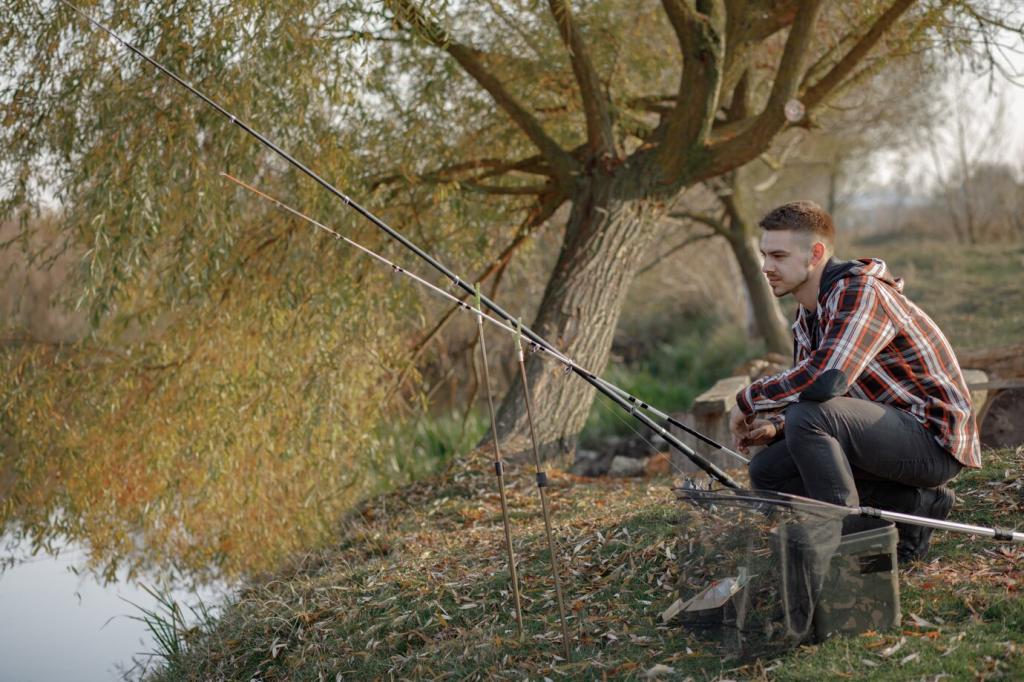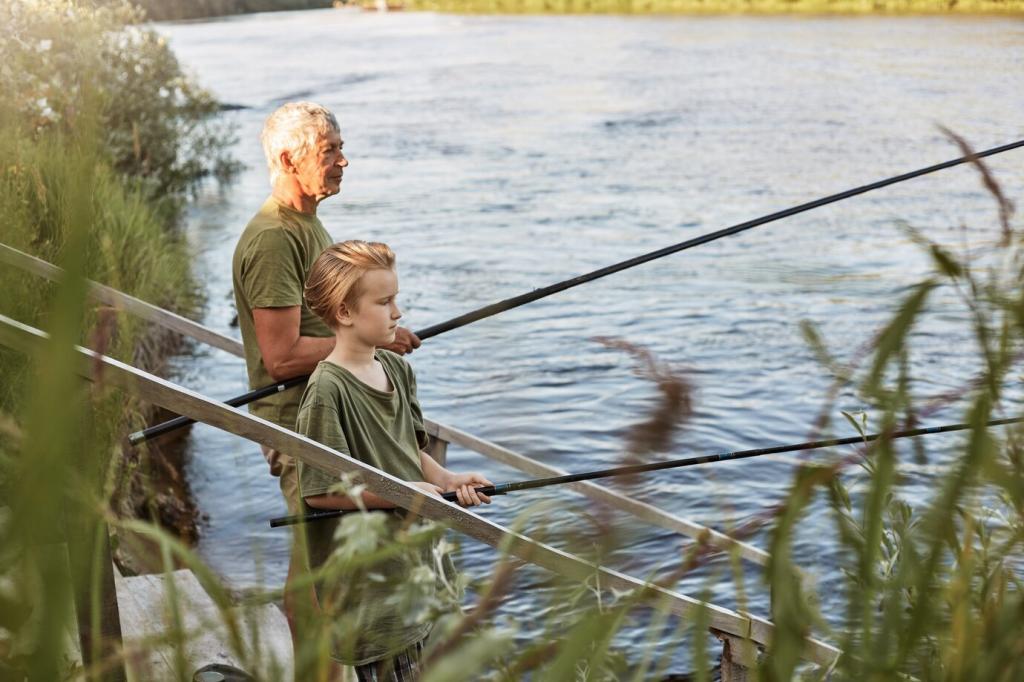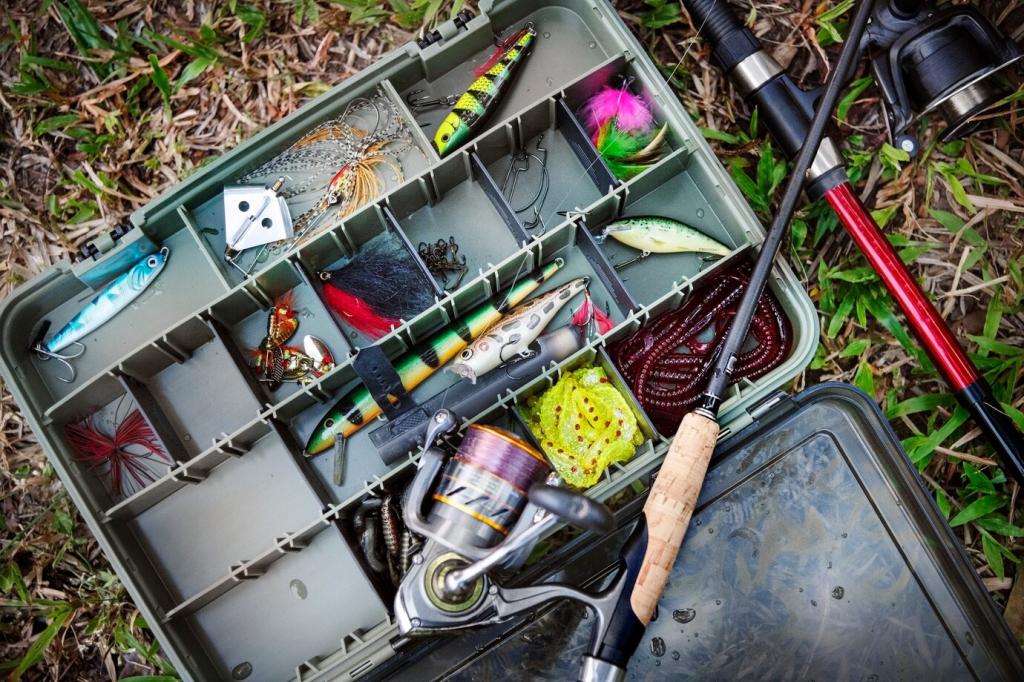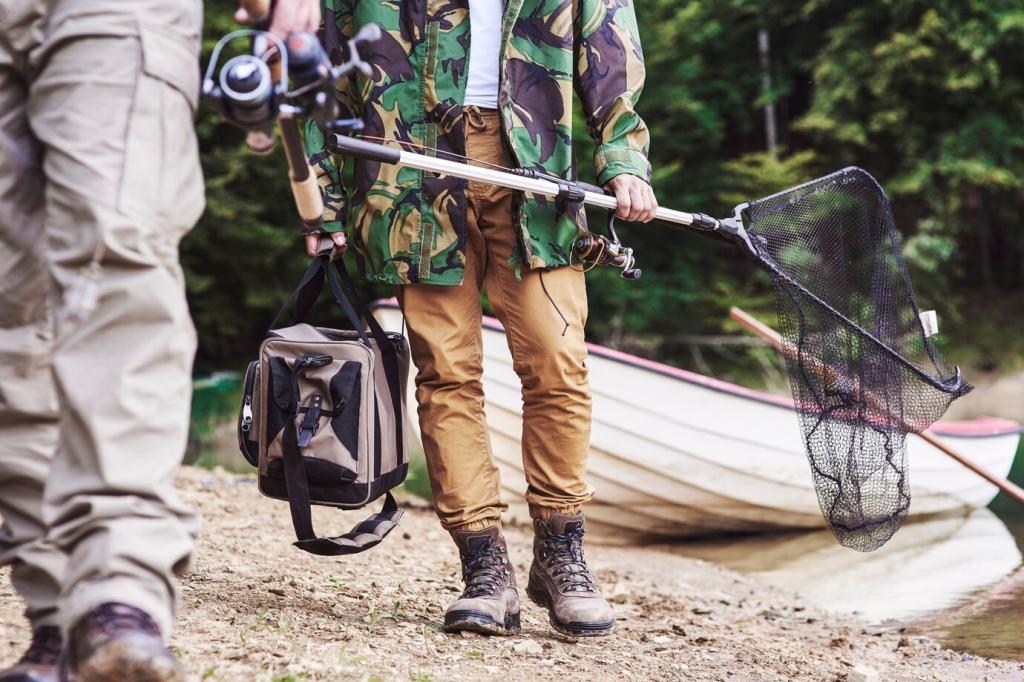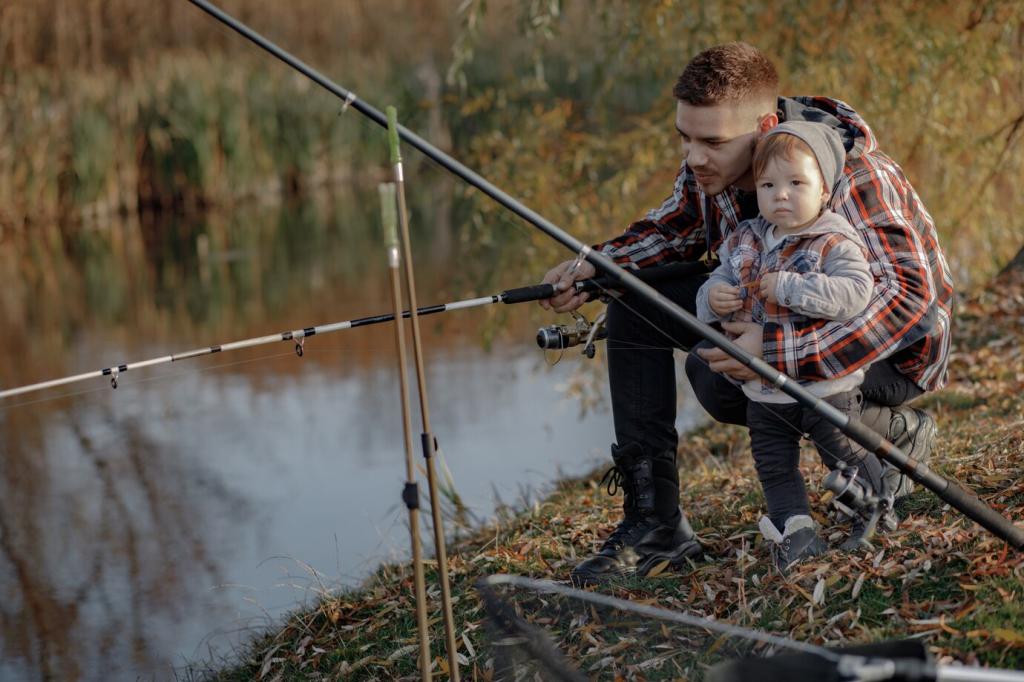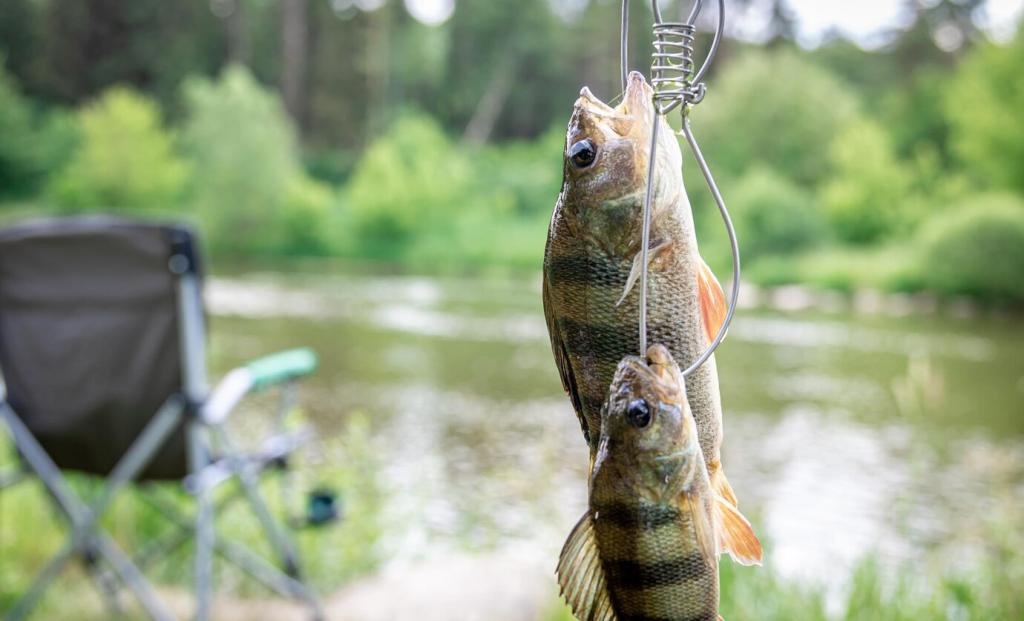
Mastering Fish Species Identification for Anglers
Chosen theme: Fish Species Identification for Anglers. Welcome to a friendly, field-tested guide that helps you separate look-alikes, read subtle clues, and make smart, ethical decisions on the water. Dive in, ask questions, and subscribe for weekly species spotlights tailored to real anglers.
Recognizing Fish by Shape and Fins
Dorsal fins: spines, segments, and separation
Countable spines and the separation between spiny and soft dorsal fins are classic identifiers. Compare a walleye’s distinct first dorsal with a perch’s connected dorsals, or note tuna’s tiny finlets that scream speed and open ocean life.
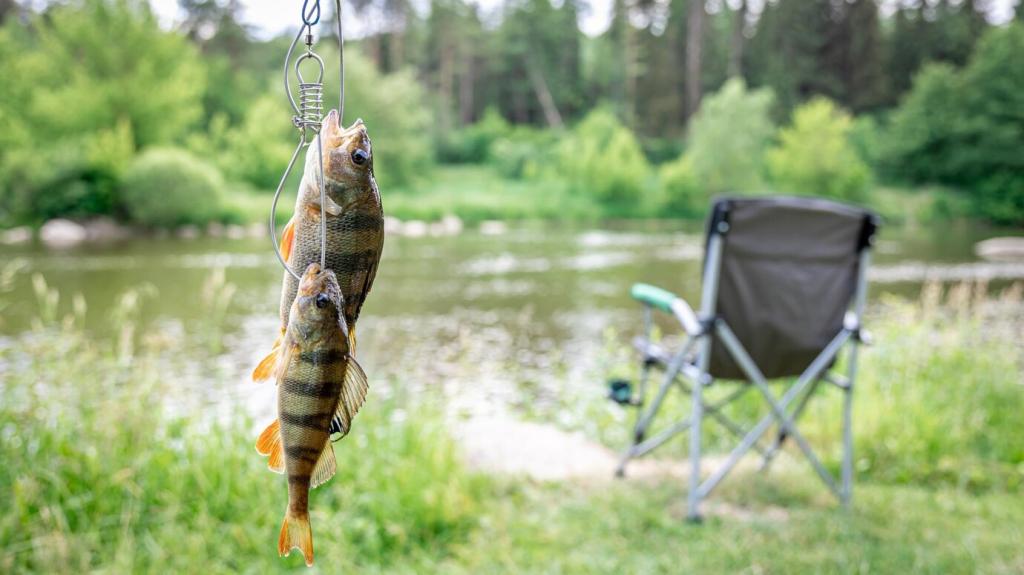
Habitat Clues That Narrow the ID
Brackish marsh creeks host red drum and flounder, while steep rocky lakes shelter smallmouth bass. Jetties attract baitfish and pelagics. Match habitat to shortlists: the environment often eliminates entire families in seconds.
Color, Patterns, and Life Stages
Young fish often wear high-contrast bars or spots for camouflage, then fade as they mature. Juvenile snappers, jacks, and drum can fool veterans. Note fin edge colors and head markings that persist into adulthood for confirmation.


Color, Patterns, and Life Stages
During spawning, salmon blush, bluegill glow, and many males deepen hues or develop kypes. Record timing and location when colors pop. A spectacular palette can be a seasonal flag, but cross-check with anatomy to be sure.

Common Look-Alikes and How to Tell Them Apart
Check the jaw: largemouth extends past the eye; smallmouth stops beneath it. Dorsal fin notch is deeper on largemouth, and smallmouth shows vertical barring. Habitat hints help too—rocky points often favor smallmouth bass.
Common Look-Alikes and How to Tell Them Apart
Both display spots, but spotted seatrout typically carry bold lateral spots along the body, while weakfish spots fade and concentrate dorsally. Dentition and habitat range overlap, so inspect spot distribution carefully and note local seasonal patterns.
Ethics, Laws, and Why Accurate ID Matters
Regulations vary dramatically between similar species. A mistaken keeper can mean fines and wasted biomass. Measure accurately, double-check ID marks, and keep a waterproof rule card so your celebration happens at the grill, not roadside.
